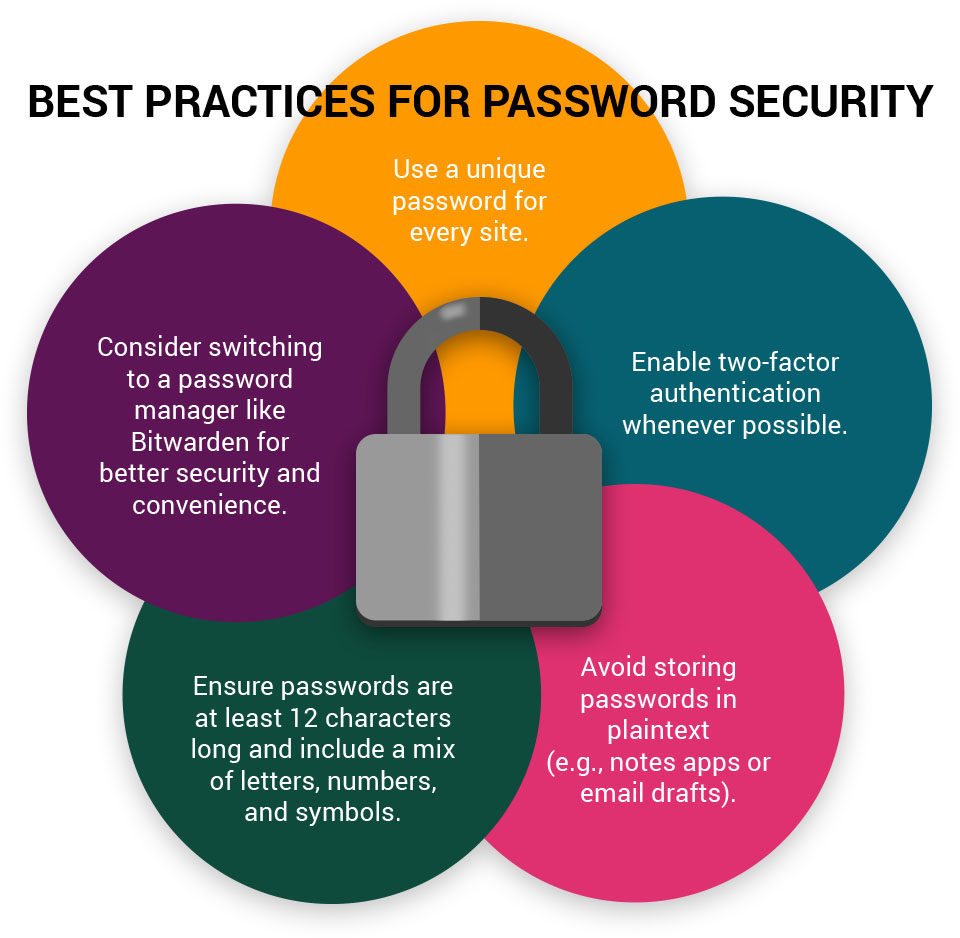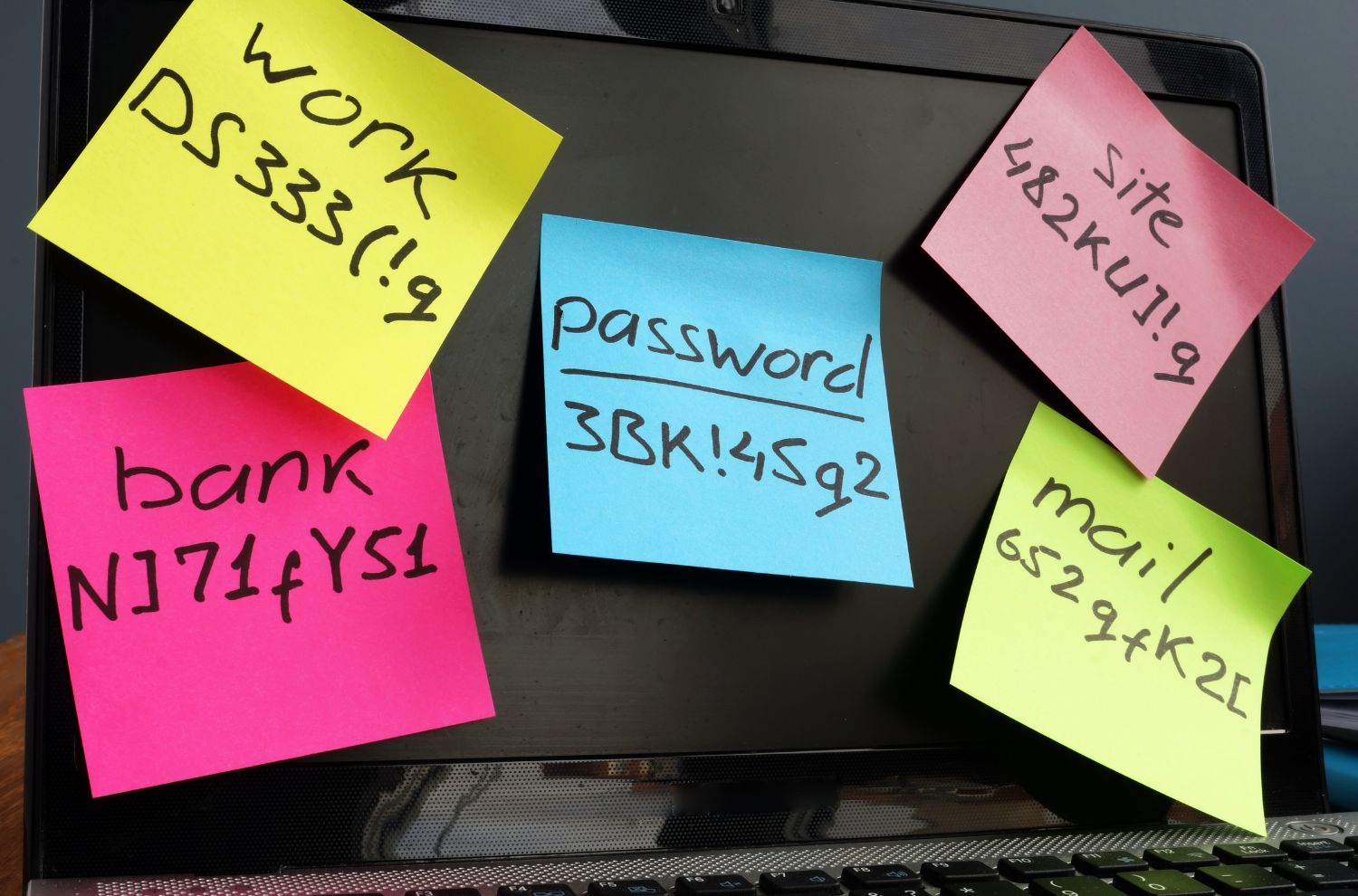The Challenge of Passwords in the Digital Age
In today’s digital world, passwords are both essential and frustrating. The average person has dozens—if not hundreds—of online accounts, each requiring a secure and unique password. But remembering complex passwords for every site is nearly impossible, leading many people to reuse the same credentials across multiple platforms. Unfortunately, this common habit creates a major security risk: if one site is breached, every account using that password is suddenly vulnerable.
For years, security experts recommended frequent password changes, but this practice often led to predictable, weak passwords. While brute-force hacking is still a concern, the bigger risk today is credential-stuffing attacks—where hackers use stolen passwords from one breach to access multiple accounts. If you’re using the same password everywhere, a single security breach could compromise your email, banking, and social media accounts all at once.
The Best Solution: A Password Manager
Instead of relying on memory or insecure methods like sticky notes and spreadsheets, a password manager allows you to generate, store, and autofill secure passwords across all your accounts. This eliminates the need for repetition and ensures every password is unique and difficult to crack.
While most browsers offer built-in password managers, dedicated password managers like Bitwarden provide enhanced security and flexibility. Bitwarden offers:
- Cross-device synchronization: Securely access passwords from any device.
- Unlimited password storage: No restrictions on how many passwords you can save.
- Secure sharing options: Share credentials safely with team members or family.
- Two-factor authentication (2FA) support: An added layer of security to protect against unauthorized access.
- Encrypted storage: Store secure notes, encryption keys, and other sensitive data.
Looking Beyond Passwords: Passkeys & Two-Factor Authentication
The future of online security is shifting toward passkeys, which use biometrics (fingerprint, face recognition) or a physical authentication device instead of traditional passwords. Many companies are adopting this technology to simplify logins while increasing security.
Additionally, enabling two-factor authentication (2FA) on important accounts—like banking, email, and social media—adds another layer of protection. Even if a hacker obtains your password, they’d still need access to your second authentication method to log in.

Secure Your Digital Life with WebSight Design
We understand that security is a critical component of your digital experience. Whether you need help setting up a password manager, securing your accounts, or learning best practices, we’re here to help. Contact us at [email protected] for expert guidance on keeping your online presence safe and secure.
Glossary
Compromised Password: A password that has been exposed due to a data breach.
Credential Stuffing: A hacking method where stolen credentials are used to access multiple accounts.
Encryption: The process of encoding information to prevent unauthorized access.
Passkey: A password alternative that uses biometrics or a security device for authentication.
Two-Factor Authentication (2FA): A security process requiring a second verification step beyond a password.





